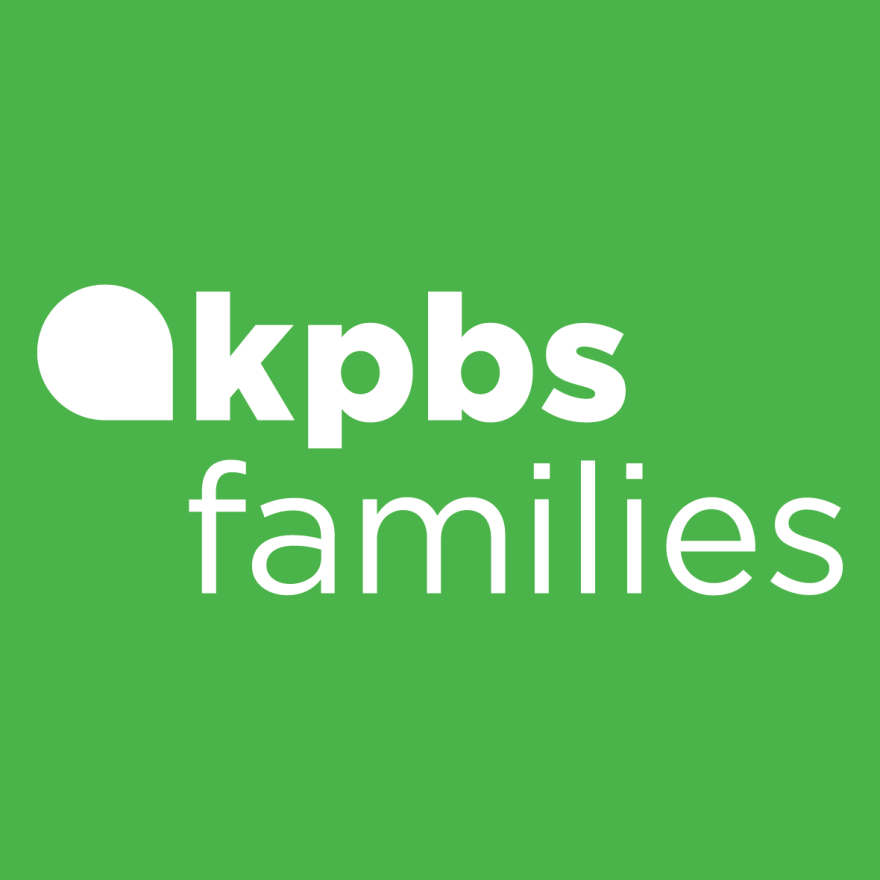The produce stalls at the City Heights Farmers Market last week were lined with strawberries so fresh they shined. Some still carried their delicate vines.
Ayan Mohamed, who has an 18-month-old, was quick to exchange a Women, Infants and Children voucher for large basket of the fruit. They’re her son’s favorite -- he likes them even more than cake, which she insisted he’d spit out in favor of something fresher.
“I started with him at a very young age, as soon as he started eating solid foods,” Mohamed said. “He got used to (fruits and vegetables) so that’s what he eats right now.”
But healthy eating wasn’t always a habit for Mohamed, who said she favored fast-food before becoming pregnant. She was able to change her diet because a farmers market that accepted WIC vouchers opened in her neighborhood.
That market will celebrate its three-year anniversary tomorrow. Organizers of the City Heights Farmers Market have contests and entertainment to mark the success of their unlikely venture.
“Everyone said, ‘This market isn’t going to work. Low-income people don’t shop at the market,’ ” said Blanca Melendrez, director of the Network for a Healthy California.
On its first day, however, people lined up for hours, Blanca said. And they’ve continued to line up every Saturday morning since. Market transactions now average about $10,000 a week, said Casey Anderson of the San Diego County Farm Bureau.
Many of those transactions are made using wooden tokens for which customers exchanged CalFresh funds (food stamps), WIC vouchers and Supplemental Security Income. The market was the first in San Diego County to accept public-assistance dollars and has become a regional and national model.
“Part of the market’s intent was to highlight that EBT shoppers would buy fresh foods and support a farmers market,” said Anchi Mei, a program manager for the International Rescue Committee San Diego.
City Heights now has the highest food-stamp-redemption rate of any farmers market in the nation, Mei said.
Since it opened, customers have spent $70,000 in CalFresh funds. Weekly CalFresh spending has grown from $75 a week to $1,000.
Organizers credit this success to Fresh Fund, an IRC San Diego program that matches what customers spend in supplemental-aid dollars. If a WIC mother comes to the market with $5, she’ll actually have $10 to spend that day. The program was recently expanded to five other San Diego markets with grant money from the U.S. Centers for Disease Control.
Organizers also credit their success to something less quantifiable. The market has a unique energy, thanks to hissing hula-hoops, bright sidewalk chalk, chatter in multiple languages, even a missionary with a mobile PA system.
“The farmers market brings an element of community and identity and neighborhood engagement that doesn’t really exist in a public space like this,” said Mei. “You see kids running around, you see people talking to each other, seeing each other weekly. You don’t get that in a supermarket experience.”
“My son looks forward to it,” Mohamed said.
Tomorrow’s anniversary celebration from 9:00 a.m. to 1:00 p.m. at Fairmount and Wightman in City Heights will honor those who come to the market week after week, defying traditional ideas about what people in poor neighborhoods can eat. It will be a birthday marked with dance, live music and sweet strawberries in lieu of cake ... to the delight of Mohamed’s son.






